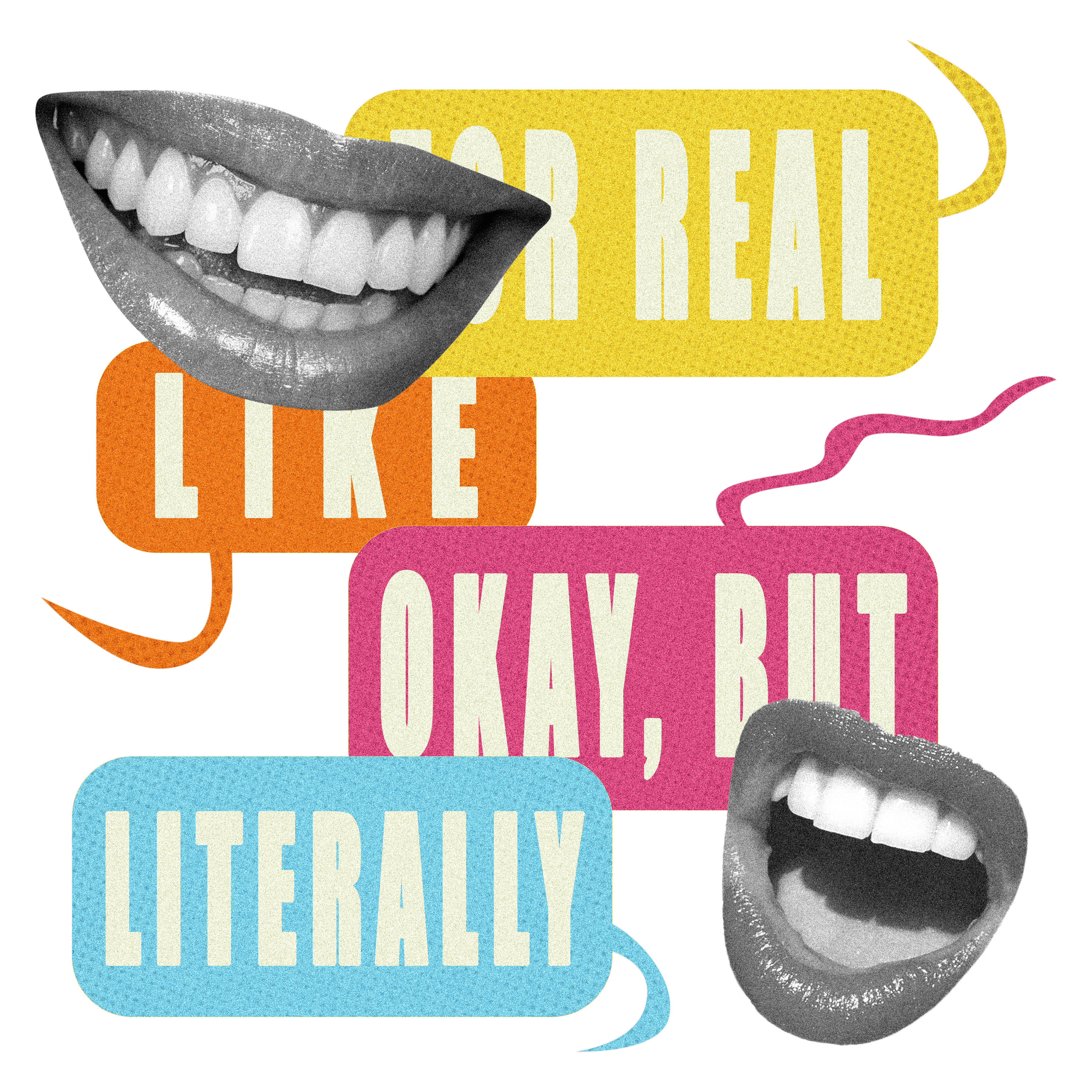Reporter: Carol Mikhail
If Gen Z’s speech sounds broken, then maybe it’s the way we’re listening that needs fixing.
Gen Z—and the language it has adopted—is often criticized as being incoherent, problematic, or just lethargic.
However, what if these aren’t just lazy fillers, but the hallmarks of a linguistic evolution no one’s giving credit to?
Linguists argue that the everyday phases used by Gen Z do more than just fill sentences: they shape meaning, manage tone and reflect shifting social dynamics.
Critics point fingers claim that sentences peppered with filler words such as “like”, “literally”, “you know”, “basically” sound unprofessional, a sign of insecurity or unintelligent. Social media mocks it, employers raise eyebrows and even older generations draw it up into the classic phrase: ‘poor communication skills’.
Rob Drummond, an academic linguist and author based in Manchester, emphasizes how words like “like” have been long misunderstood. In his research, he focuses on the relationship between spoken language and identity and how filler words, especially among younger speakers, are used to perform identity, navigate social interaction, and create shared understanding.
The university context is full of judgements: students being told to “speak more professionally”, peers correcting one another, and even faculty and staff commenting on how students actually speak. And yet, only few stop to ask how a word like “like” affects a sentence.
While often thought of as unnecessary or unprofessional, these mannerisms give the person speaking the ability to manage uncertainty if felt, introduce quotes, or even soften disagreements. However, mainstream conversation around Gen Z speech rarely includes perspectives from sociolinguistics. And when it does, it often flattens the complexities into defense rather than an actual explanation.
In a brief conversation with Alexandra D’Arcy, Director of the Sociolinguistics Research Lab (SLRL) at the University of Victoria, she questioned the idea of whether these words are simply ‘overused’.
She also scrutinized what the label itself really means.
“‘Overuse’ is an imprecise term,” she noted.
D’Arcy says these “filler words” are not flaws, but are a core part of language itself.
“There are good reasons for using discourse particles and discourse markers, in both casual and formal contexts, both spoken and written.”
In her book, ‘Discourse-Pragmatic Variation in Content: Eight Hundred Years of “LIKE” ’, she mentions how popular theory still associates “like” with “kids these days” even though the pattern of using this word is also evident among the older speakers.
“In the 1950s and 1960s the word “like” was linked to the jazz, cool and beat groups of New York.”
She also notes how the word “like” is neither a new term nor is it restricted to the younger generation, but the perception and judgement of society toward Gen Z’s use of filler words fluctuates.
These social factors could be related to the ethnicity, socioeconomic status and of course gender of the person speaking.
“They are part of language, and they always have been used. Younger adults and adolescents tend to use them more than other groups, and this is fairly constant,” she says.
“Individual forms themselves can be innovations, of course.”
